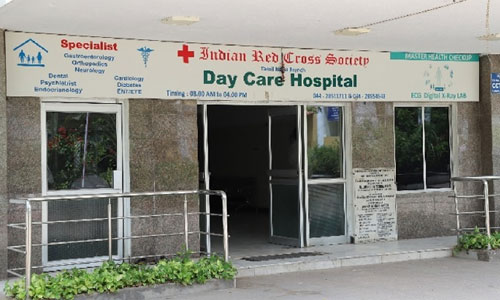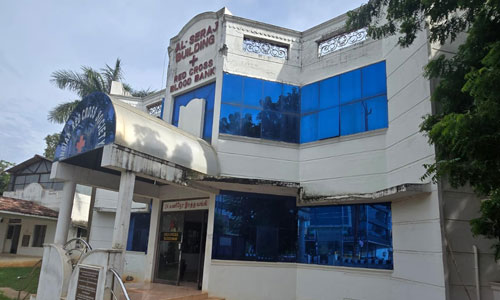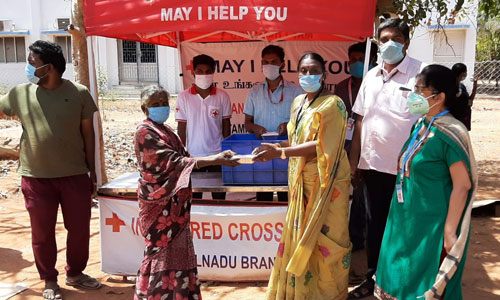The Indian Red Cross Society (IRCS) is a voluntary humanitarian organization with a nationwide network of over 1,200 branches. As a leading member of the International Red Cross and Red Crescent Movement, we provide non-partisan relief during disasters and emergencies, while promoting health, dignity, and care for vulnerable people.
The global Movement was born from a single, compelling idea for universal, impartial aid. Its founder, Swiss businessman Henry Dunant, witnessed the horrific aftermath of the Battle of Solferino in 1859, where thousands of wounded soldiers were left to die due to lack of medical support.
His experience led him to propose two radical concepts:
This vision led to the founding of the International Committee of the Red Cross (ICRC) in 1863 and the adoption of the first Geneva Convention in 1864, establishing the principle of protecting the wounded and the neutral Red Cross emblem. Today, the Movement is defined by the Red Cross and Red Crescent emblems, symbols recognized globally for impartial protection and aid.

The IRCS traces its lineage back to the efforts of a small committee established by the British Red Cross during World War I. This organization provided critical aid to the sick and wounded soldiers of the Indian Army.
Recognizing the need for an independent, national entity focused on India’s unique humanitarian challenges, the Indian Red Cross Society was officially constituted under Act XV of 1920 of the Indian Parliament. This Act formally established the IRCS as a voluntary society and laid the foundation for its three-tier structure (National, State, and District branches). Since its inception, the IRCS has served as the key national auxiliary to public health services and the lead humanitarian responder in India, adhering strictly to its legal mandate and the seven Fundamental Principles of the Movement.
The implementation of the IRCS mandate relies on strong regional presence. The Tamil Nadu State Branch (initially the Madras State Branch) was one of the earliest regional units established following the 1920 Act. Its formation followed the dissolution of the Joint War Committee and was established to continue humanitarian work in peacetime on a wider basis. It serves as the crucial intermediary, coordinating the efforts of all district branches within the state and translating the national mandate into local humanitarian action.


Building upon this state infrastructure, the Thanjavur District Branch was formally established and registered in 1983. This crucial milestone allowed for dedicated, localized humanitarian service, empowering the Red Cross to effectively address the specific needs and vulnerabilities of the Thanjavur region at the grassroots level. The District Branch serves as the operational hub for the region, centrally located at 43, Medical College Road, Thanjavur – 613007.
As a District Branch, we operate under the guidance of the Tamil Nadu State Branch. Locally, the Thanjavur District Branch coordinates with 16 Active Sub-Branches and maintains dedicated Youth Red Cross (YRC) and Junior Red Cross (JRC) units across educational institutions, ensuring grassroots presence and mobilization.
The foundation of our service in the Thanjavur District rests upon these critical areas:

M.C Road, Thanjavur
04362 278 333
sec.thanjavur@gmail.com
Dedicated to humanitarian service, health, and relief efforts across Thanjavur District. Join us in creating a safer, healthier, and more caring community
Copyrights © 2025 Red Cross, Developed by YOGA’S IT Solutions